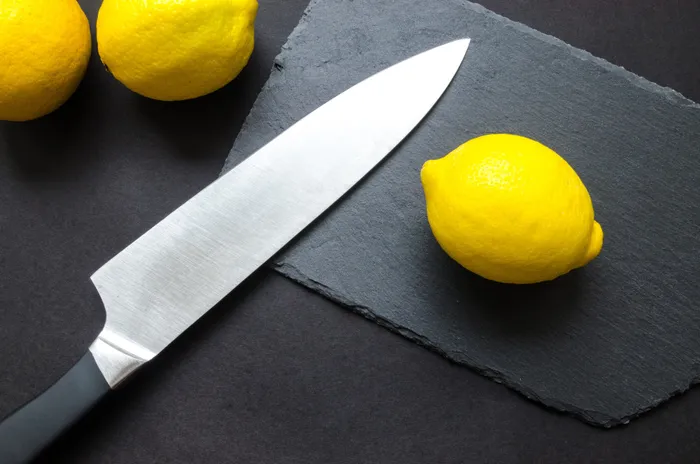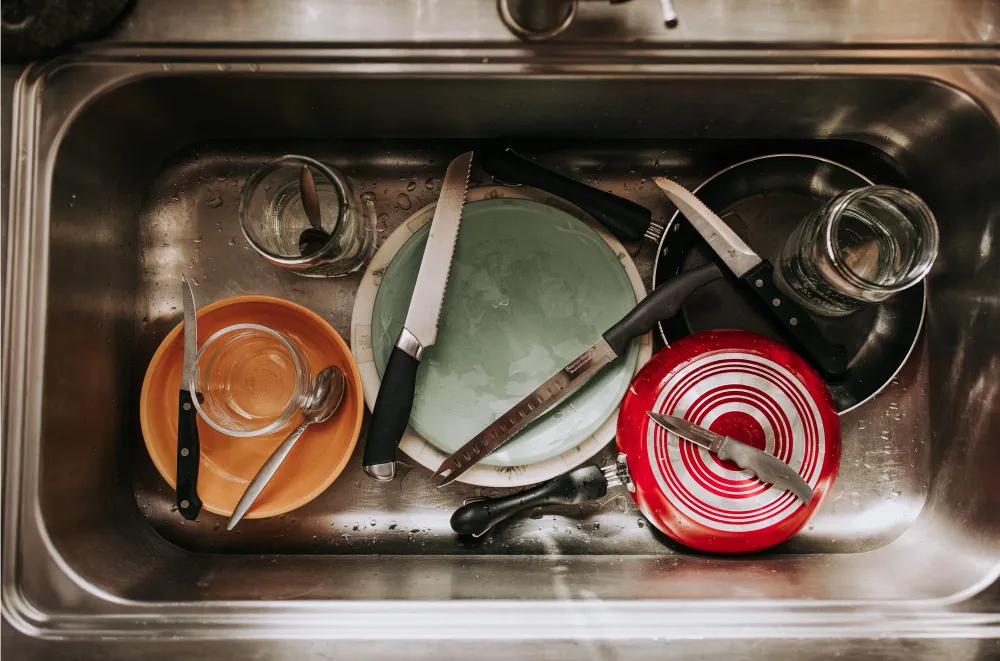WATCH: 3 ways you're damaging your kitchen knives (and how to stop)

Always use a cutting board, and stick with traditional hardwood as the best first choice. Plastic boards are gentle on the knife blade, but gouges left by the blade can provide a home for bacteria. Picture: Pexels Always use a cutting board, and stick with traditional hardwood as the best first choice. Plastic boards are gentle on the knife blade, but gouges left by the blade can provide a home for bacteria. Picture: Pexels
Culinary gadgets come and go with technological advancement, but kitchen knives remain one of the most essential tools for home cooks and professional chefs.
With the right kitchen knives in your kitchen drawers, you can do everything from peeling, carving, mincing and chopping.
“A great quality knife can last forever - provided you handle it with the care it requires,'' says Oigen Kaptein, a student from the Private Hotel School who was recently named Young Star Chef of the Year at this year’s One&Only Reaching for Young Stars competition.

If you are going to leave knives in the sink, make sure they’re propped on top of pots, pans and plates - as opposed to under them. Picture from Pexels.
Leaving knives in the sink
Leaving dishes to pile up in the sink is sloppy as it is, but letting kitchen knives pile up is even worse on the blade. “Besides it being a hazard for the person responsible for washing the dishes, the sink is where a lot of the wear-and-tear blades experience happens. They can get scratched, and the tips can break or get bent,” says Kaptein.
The solution: Kaptein says, “It’s always better to wash knives immediately after using them. If you are unable to for whatever reason, rather leave them on a chopping board, on the counter top in clear view.

A blunt knife cannot efficiently cut through salmon. Picture from Pexels.
Letting knives go blunt
“In my experience, a blunt blade can actually be more hazardous than a sharp one, because of the likeliness of it slipping. If a knife slides across the surface of a tomato or an onion before cutting in, you know it’s due to be sharpened,” says Kaptein.
The solution: “I would recommend that you sharpen your kitchen knives every six months to a year, and honing it at regular intervals in between,” says Kaptein.
WATCH: How to hone a kitchen knife
Using the wrong knives
If you read the aforementioned solution and have no idea what honing is, chances are you’re abusing your kitchen knives - even if you’re sharpening them as recommended.
“Electric home sharpeners and the nifty double-bladed grooved type home sharpeners are ripe for abuse, as they can quite easily strip too much metal away or sharpen unevenly. This can lead to chipping and consequently breakage”, says Kaptein.
The solution: Kaptein suggests learning how to use the correct sharpening and honing tools for your kitchen knives. “It’s not a train smash if you aren't an expert because many kitchen-supply retailers offer in-store professional knife-sharpening services”. You could also check online for a directory of local knife specialists. It’s inexpensive and worth the effort.